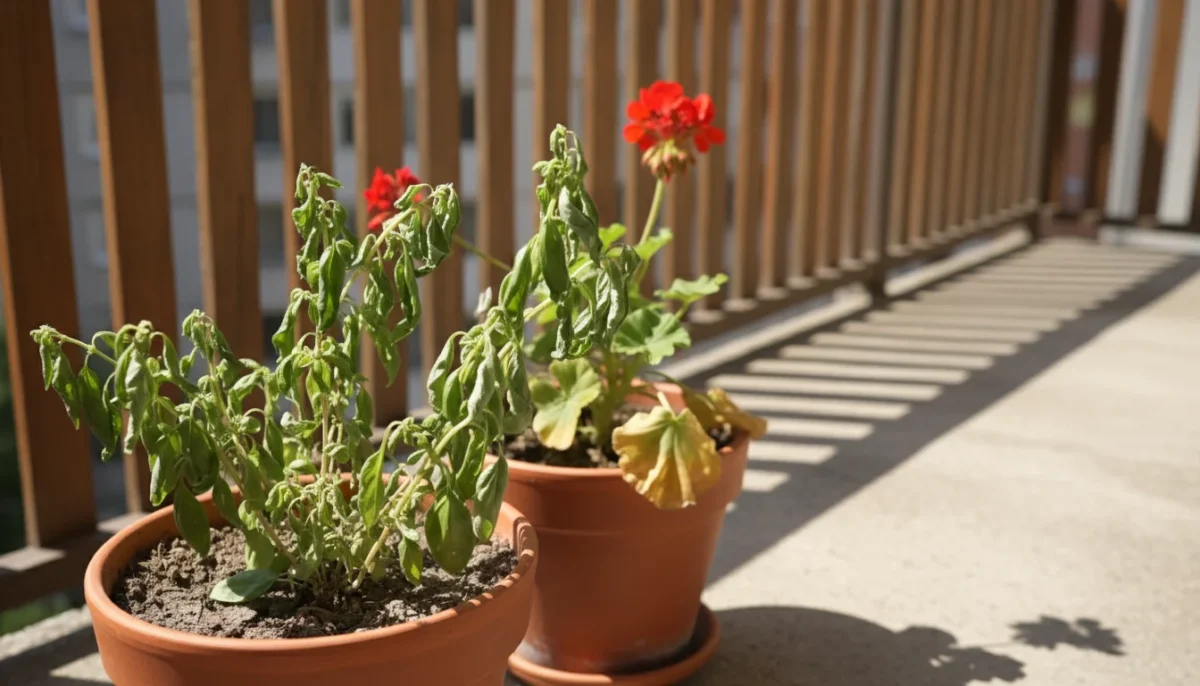Heat waves challenge even the most experienced gardeners. Scorching temperatures and relentless sun stress your plants, whether they live indoors or outdoors. Maintaining a thriving garden or a vibrant collection of houseplants during these extreme conditions requires specific, proactive strategies. This guide provides practical, actionable insights to protect your green companions and ensure they survive the summer heat.
You can safeguard your plants from the harshest summer conditions by understanding how heat affects them, implementing effective watering techniques, and providing essential protection. We will walk you through critical steps to prevent wilting, nutrient deficiencies, and irreversible damage, helping your plants bounce back strong when cooler weather returns.
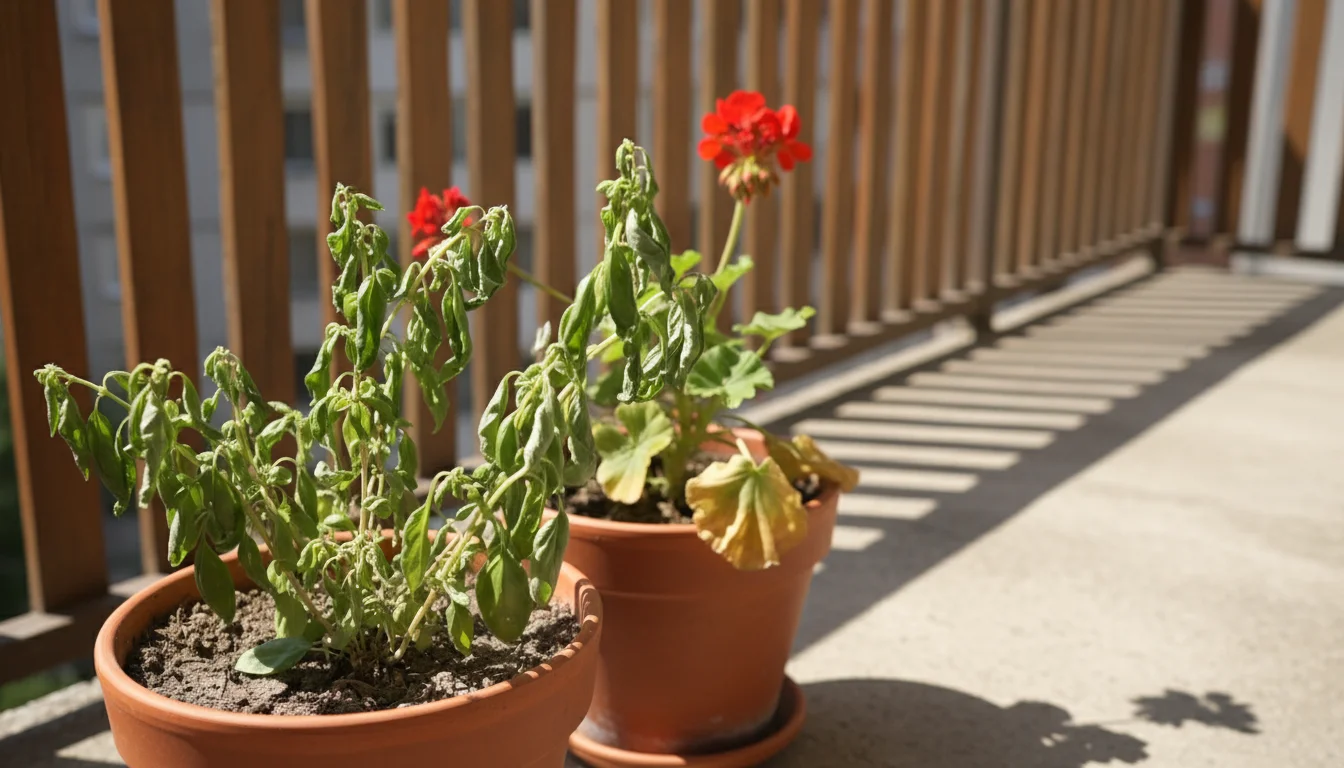
Understanding Heat Stress in Plants
Plants experience stress when environmental conditions become unfavorable. During a heat wave, high temperatures push plants beyond their comfort zone, leading to a cascade of physiological responses. Recognizing the signs of heat stress early allows you to intervene before significant damage occurs.
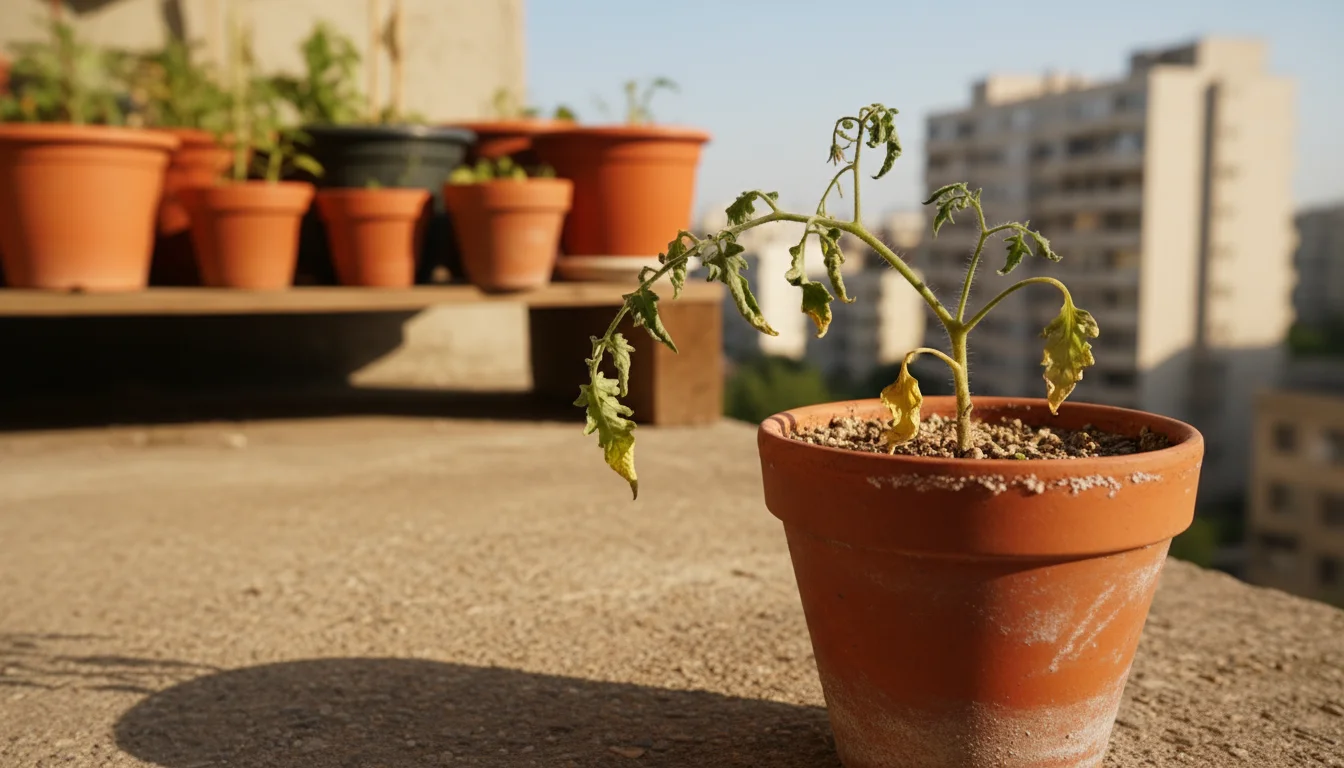
How Heat Affects Plants
Plants cool themselves through a process called transpiration. Water moves from their roots, through their stems, and evaporates from tiny pores on their leaves called stomata. This evaporative cooling mimics human sweating. During extreme heat, however, plants struggle to transpire fast enough to cool down, or they close their stomata to conserve water, which prevents cooling and reduces photosynthesis.
Common Symptoms of Heat Stress:
- Wilting: Leaves droop as cells lose turgor pressure due to lack of water. While often a sign of thirst, persistent wilting even after watering indicates severe stress or root damage.
- Leaf Scorch/Burn: Brown or crispy edges or spots on leaves, particularly on the parts exposed to direct sun. This indicates cellular damage from excessive heat and UV radiation.
- Stunted Growth: Plants prioritize survival over growth, diverting energy from producing new leaves or flowers.
- Flower or Fruit Drop: High temperatures inhibit pollination and fruit set, causing plants to abort developing flowers or fruits to conserve resources.
- Yellowing Leaves (Chlorosis): While many factors cause yellowing, heat stress can inhibit nutrient uptake, leading to chlorosis, especially in older leaves.
- Dull or Faded Color: Vibrant green leaves may appear washed out or grayish as chlorophyll breaks down or photosynthesis slows.
The severity of heat stress depends on plant species, age, soil conditions, and the duration of the heat wave. Young plants and those in containers are particularly vulnerable, experiencing heat stress plants much more quickly than established plants in the ground.
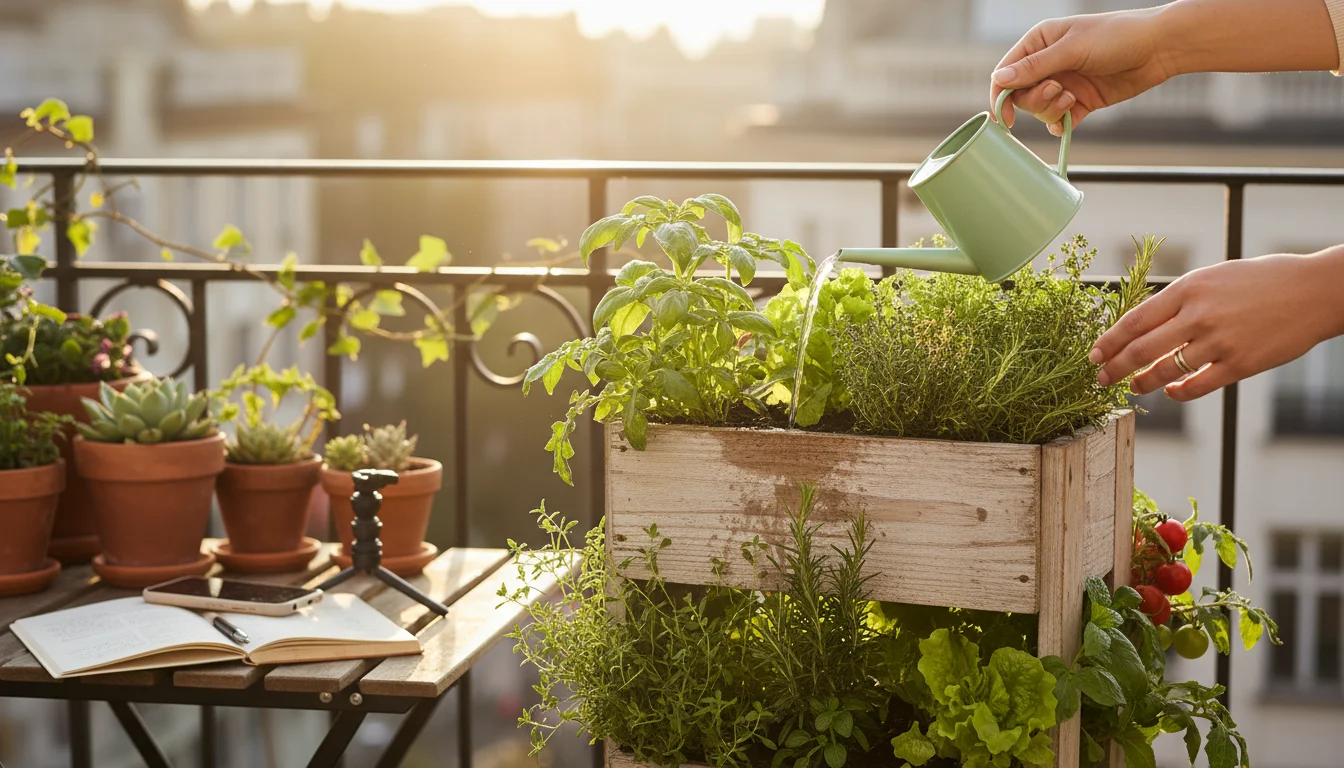
Mastering Summer Watering: Your Plant’s Lifeline
Watering correctly is the single most critical factor in keeping your plants alive during summer heat. Extreme temperatures dramatically increase evaporation from soil and transpiration from leaves, meaning your plants need more water more frequently. However, simply pouring water on your plants without strategy can do more harm than good.
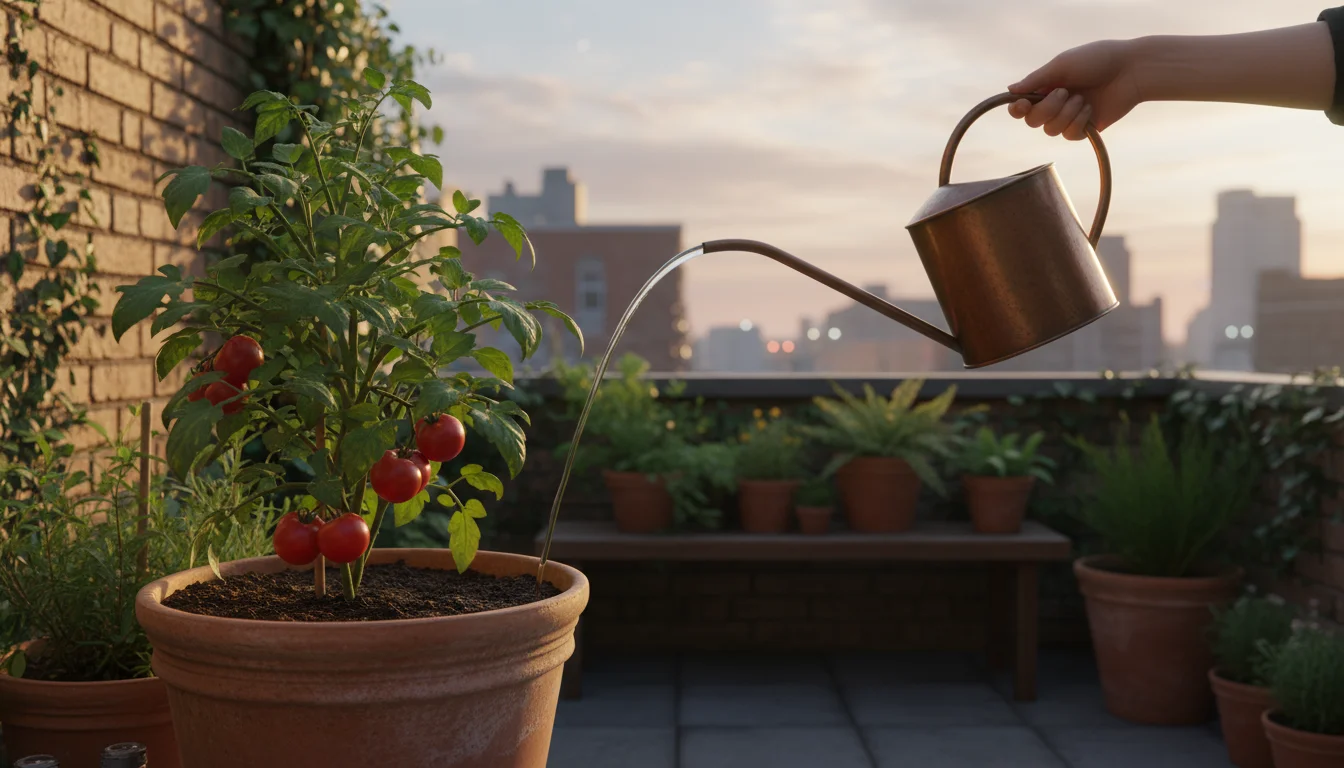
The Principles of Smart Summer Watering
Effective summer garden care involves understanding when, how much, and how to water. Your goal is to provide sufficient moisture deep into the root zone without creating waterlogged conditions that lead to root rot.
- Water Deeply: Shallow watering encourages roots to stay near the surface, making them more susceptible to drying out. Deep watering promotes a robust root system that can access moisture from deeper soil layers. For most plants, aim for water to penetrate 6-8 inches deep into the soil.
- Water Early in the Morning: The coolest part of the day minimizes water loss to evaporation. Watering at night leaves foliage wet, creating an ideal environment for fungal diseases. Watering in the middle of the day loses too much water to rapid evaporation before it reaches the roots.
- Check Soil Moisture: Do not water on a strict schedule. Instead, feel the soil. Stick your finger 2-3 inches into the soil. If it feels dry, it is time to water. For larger pots or garden beds, use a soil moisture meter for more accuracy. This prevents both underwatering and overwatering.
- Use the Right Tools: A soaker hose or drip irrigation system delivers water directly to the root zone, minimizing waste and ensuring deep penetration for outdoor plants. For potted plants, a watering can with a long spout helps direct water without splashing foliage.
- Water Slowly: Fast watering often leads to runoff, especially in compacted or heavily sloped areas. Allow water to soak in gradually. You may need to water in several short sessions to allow proper absorption.
Specific Considerations for Indoor Plants
Indoor plants are also susceptible to heat stress, especially if placed near windows that intensify sunlight or in rooms without adequate air circulation. Your watering in summer strategy for indoor plants needs adjustment:
- Increased Frequency: You will likely need to water indoor plants more often than in cooler months. Perform the finger test regularly.
- Humidity: While not direct watering, higher indoor humidity reduces transpiration rates, helping plants retain moisture. We discuss this further in a later section.
- Potting Mix: Ensure your potting mix drains well but also retains some moisture. Peat-free mixes with coco coir, perlite, and vermiculite provide excellent aeration and moisture retention.
- Grouping Plants: Grouping plants together slightly increases local humidity, reducing individual plant water loss.
Monitoring your plants closely and adjusting your watering routine based on their specific needs and the current weather conditions will ensure they receive adequate hydration. Consistent and deep watering practices significantly reduce the impact of heat stress plants experience.
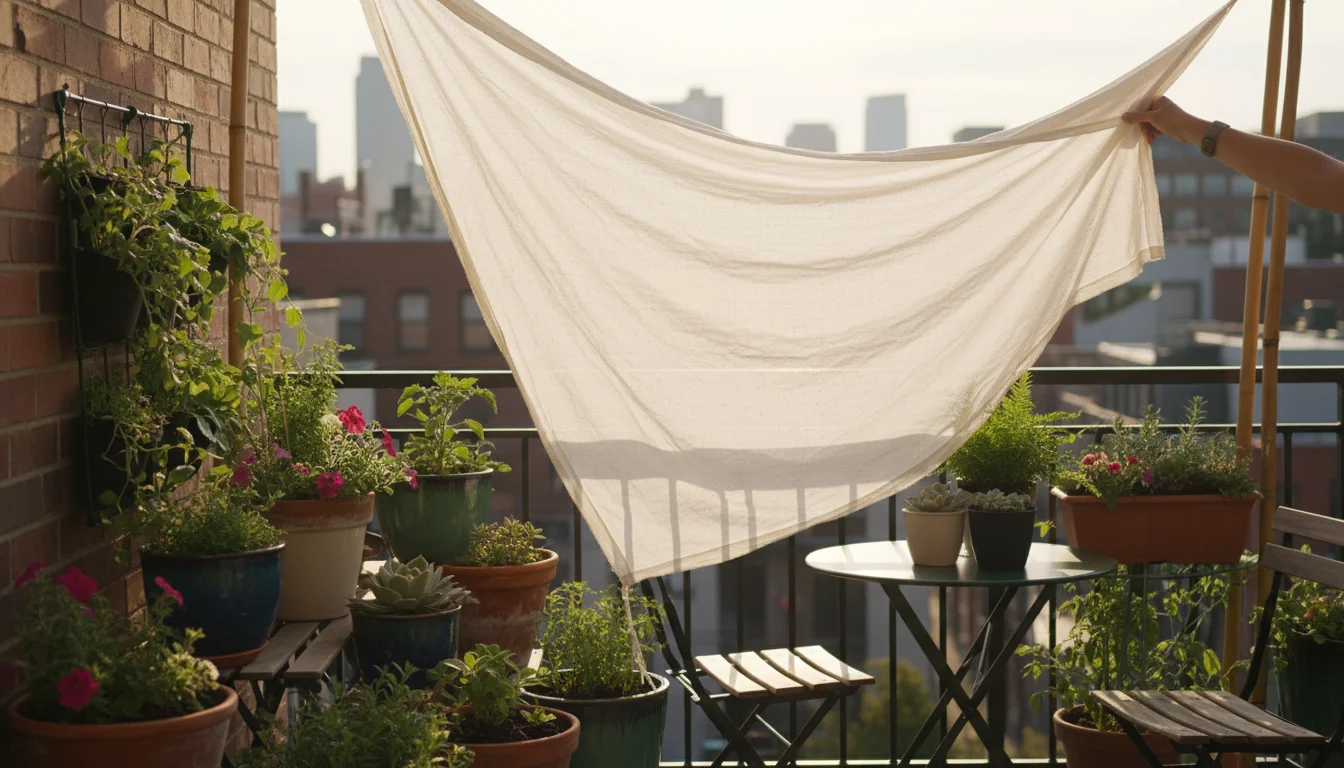
Providing Shade and Protection from Scorching Sun
Direct, intense sunlight combined with high temperatures accelerates water loss and can burn plant foliage. Providing adequate shade and protection is crucial for vulnerable plants during a heat wave. This simple measure can significantly reduce heat stress plants endure.
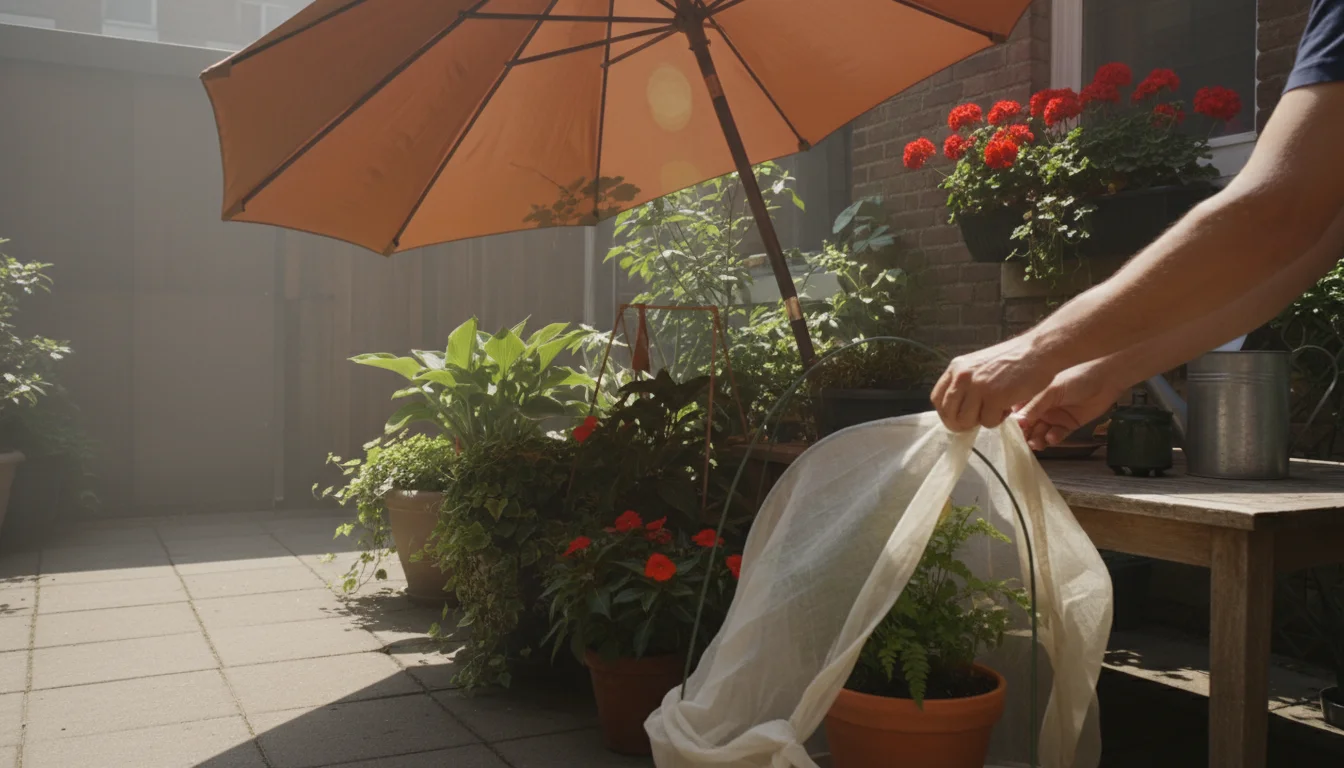
Strategies for Outdoor Plants
- Shade Cloths: Deploying shade cloth offers the most effective protection for garden beds and sensitive plants. Look for cloths that block 30-50% of sunlight. Drape them over hoops or a simple frame, ensuring good air circulation underneath.
- Temporary Structures: Use umbrellas, tarps, or even old sheets secured to stakes to create temporary shade during the hottest parts of the day. Position them to block afternoon sun, which is typically the most intense.
- Relocate Potted Plants: Move container plants to naturally shadier spots, such as under trees, on a covered patio, or beneath the eaves of your house. Grouping them closely together can also offer some mutual shading.
- Strategic Planting: For future planning, consider planting heat-sensitive plants on the east side of taller, heat-tolerant plants or structures that provide afternoon shade.
- Mulching: Apply a 2-4 inch layer of organic mulch around the base of your plants. Mulch, like wood chips, straw, or shredded leaves, insulates the soil, keeping roots cooler and reducing evaporation. Ensure the mulch does not touch the plant stems directly to prevent rot.
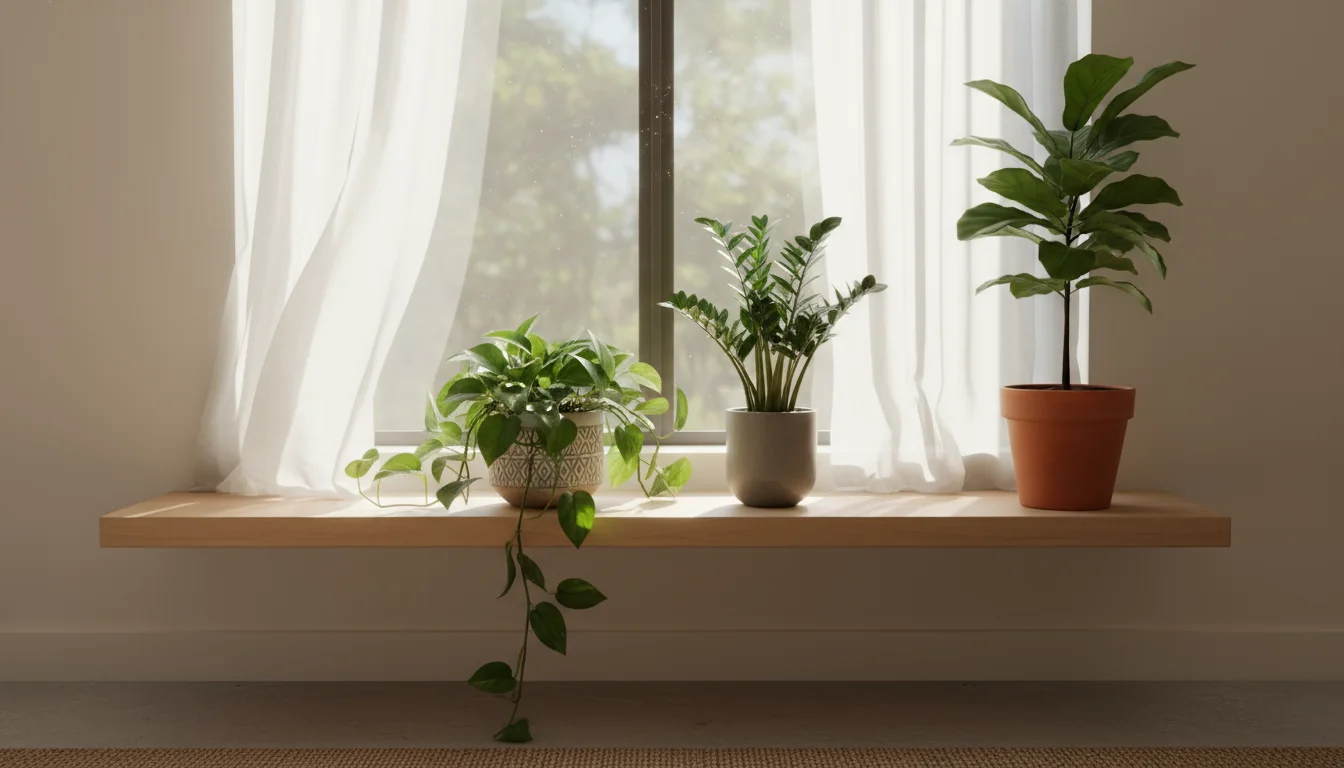
Protecting Indoor Plants
Even indoor plants need protection from direct, intense sunlight during a heat wave. Move plants away from south or west-facing windows that receive harsh afternoon sun. Use sheer curtains, blinds, or even relocate plants to a north or east-facing room if possible. An increase in indoor temperature can cause significant heat stress plants even indoors.
Remember, the goal is to filter the harsh sun, not to eliminate light entirely. Plants still need light for photosynthesis, but during extreme heat, moderation is key.
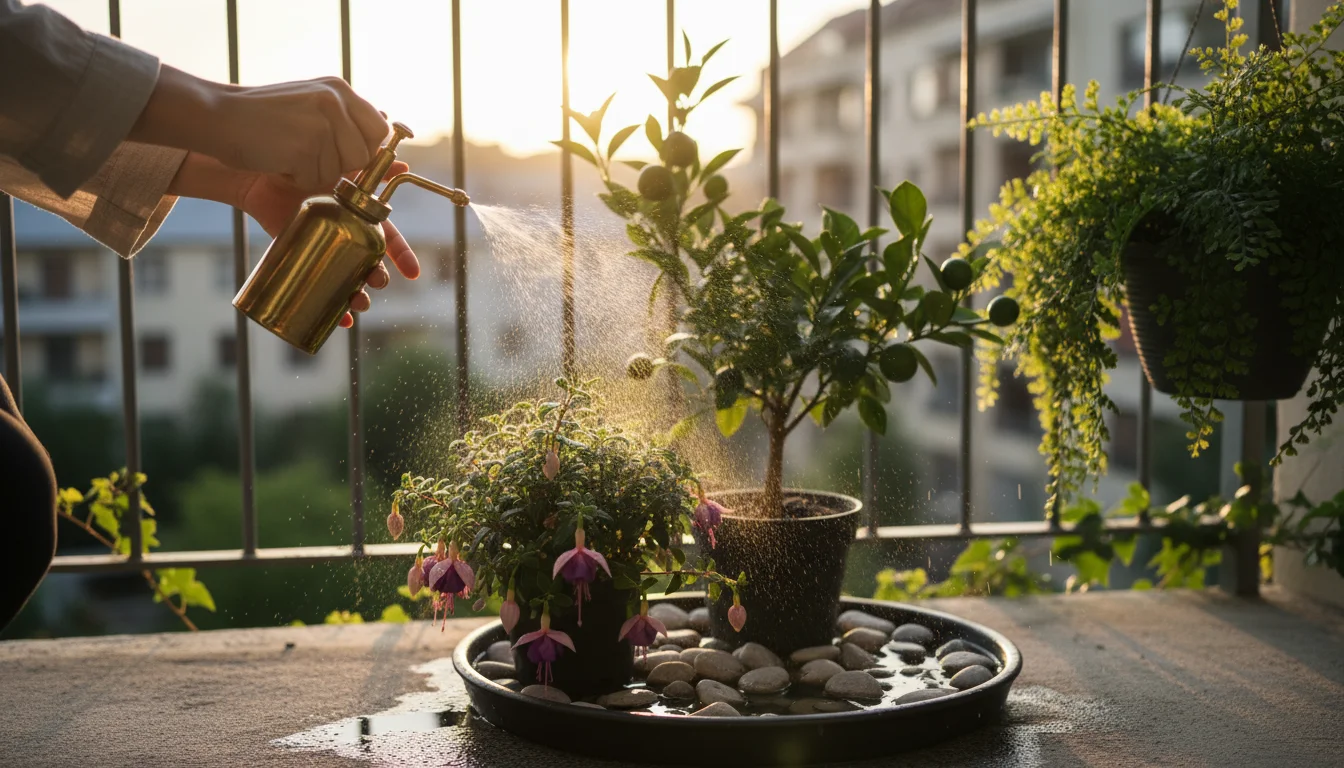
Boosting Humidity and Ensuring Good Airflow
High temperatures often bring dry air, especially indoors or in arid climates. Low humidity increases transpiration, leading to more rapid water loss from plant leaves. Creating a more humid microclimate and ensuring proper air circulation helps plants manage heat stress effectively.
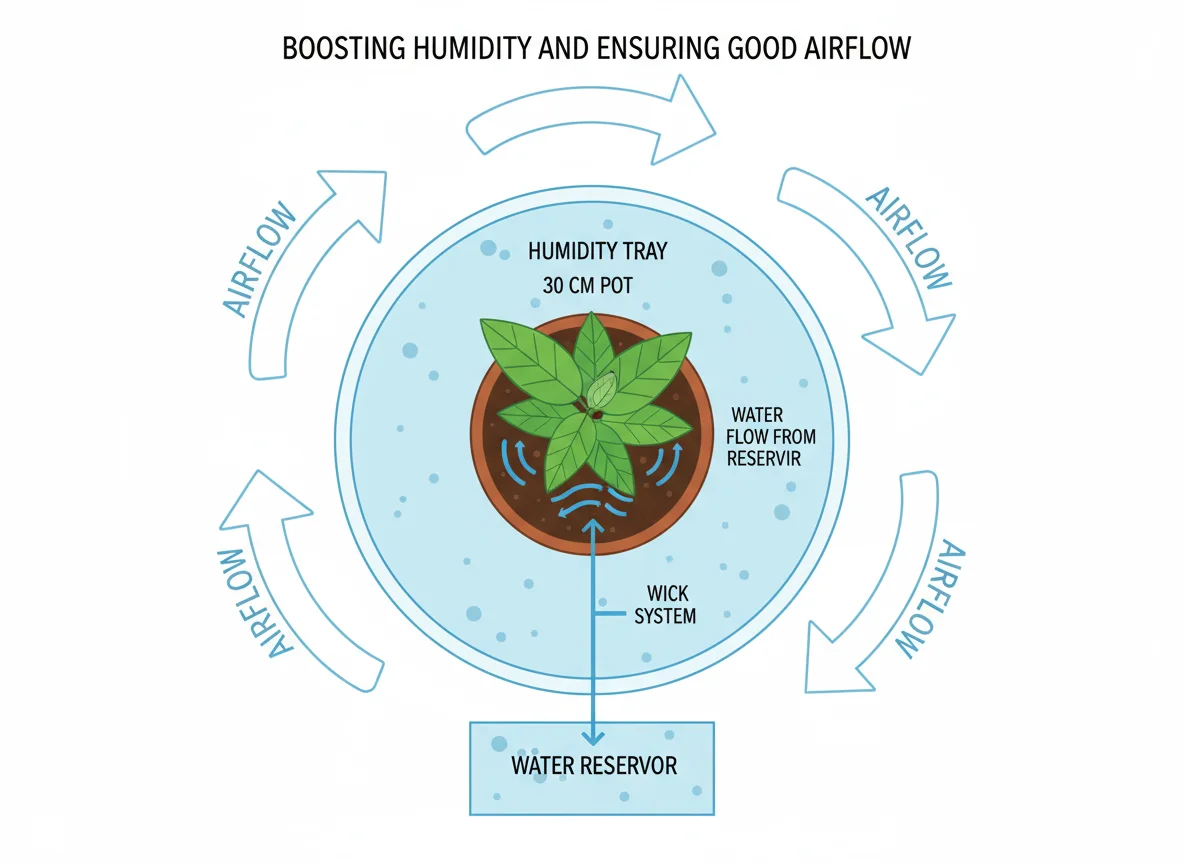
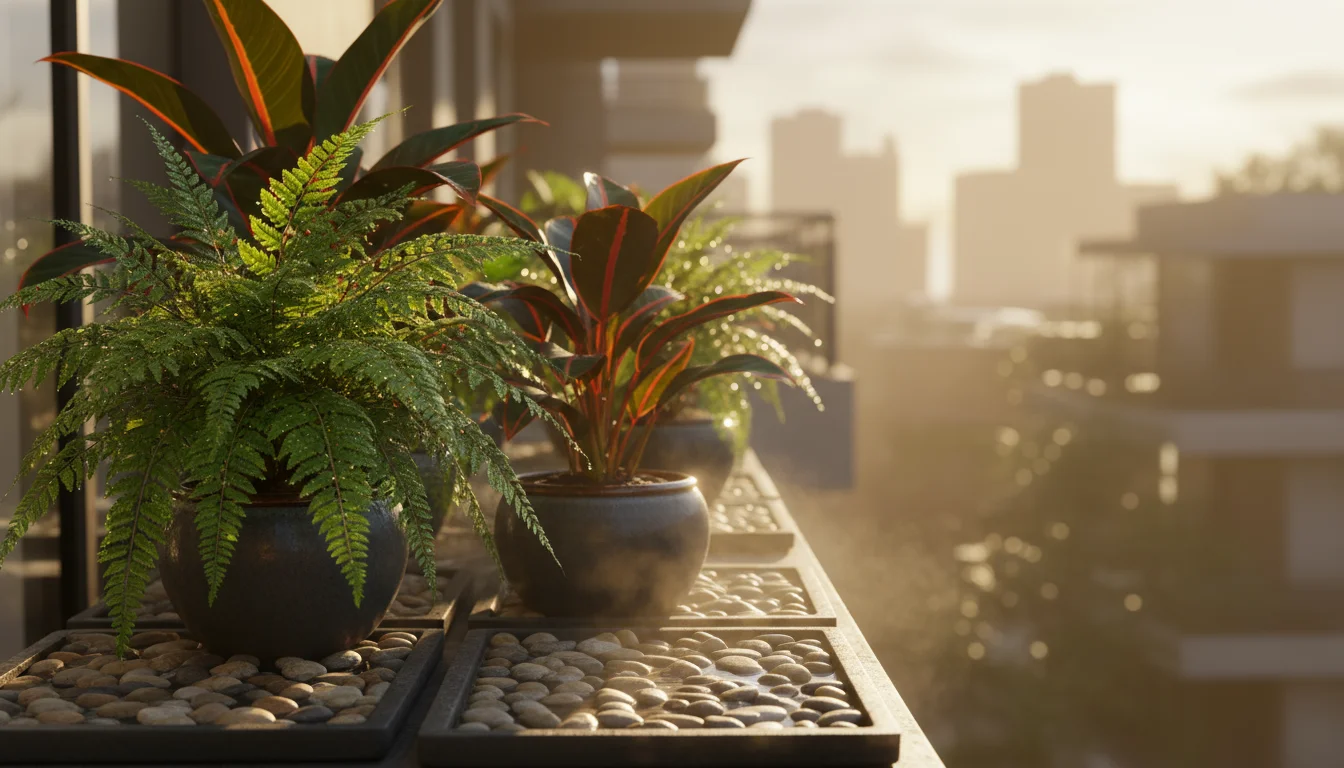
Increasing Humidity
- Pebble Trays: Place potted plants on trays filled with pebbles and water. As the water evaporates, it increases localized humidity around the plant without allowing the pot to sit directly in water, which can cause root rot.
- Misting: Lightly misting foliage can provide a temporary humidity boost, particularly for plants that thrive in high humidity, such as ferns and tropical houseplants. Do this early in the morning so leaves dry quickly, preventing fungal issues. This is a temporary solution and not a substitute for proper watering.
- Grouping Plants: Plants naturally release moisture into the air. Grouping several plants together can create a small humid microclimate.
- Humidifiers: For indoor plant collections, a room humidifier offers the most consistent and effective way to increase ambient humidity, especially during periods of watering in summer when indoor air conditioning can dry the air.
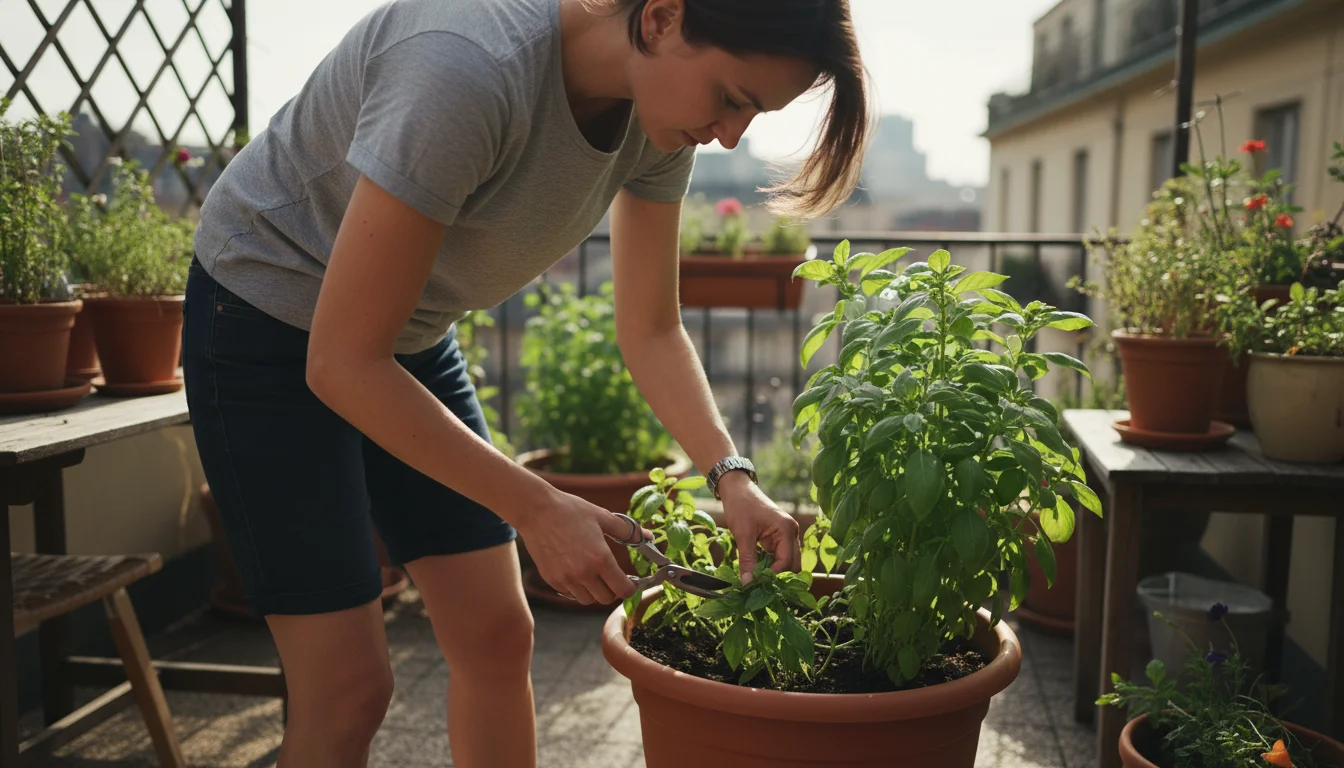
Ensuring Good Airflow
While humidity is beneficial, stagnant, hot, humid air creates a breeding ground for pests and diseases. Good air circulation prevents this and helps regulate leaf temperatures.
- Outdoor Plants: Ensure plants are not excessively crowded. Prune away dense foliage to improve airflow through the canopy. This helps reduce fungal problems that can arise when humidity is high.
- Indoor Plants: Use a small oscillating fan on a low setting to gently circulate air in rooms with houseplants. Avoid directing the fan directly at plants, as this can dry them out. Keep windows slightly open if temperatures allow, particularly in the mornings or evenings.
Balancing humidity and airflow creates an environment where plants can breathe, cool themselves, and absorb moisture efficiently, significantly reducing the impact of heat stress plants might otherwise experience.
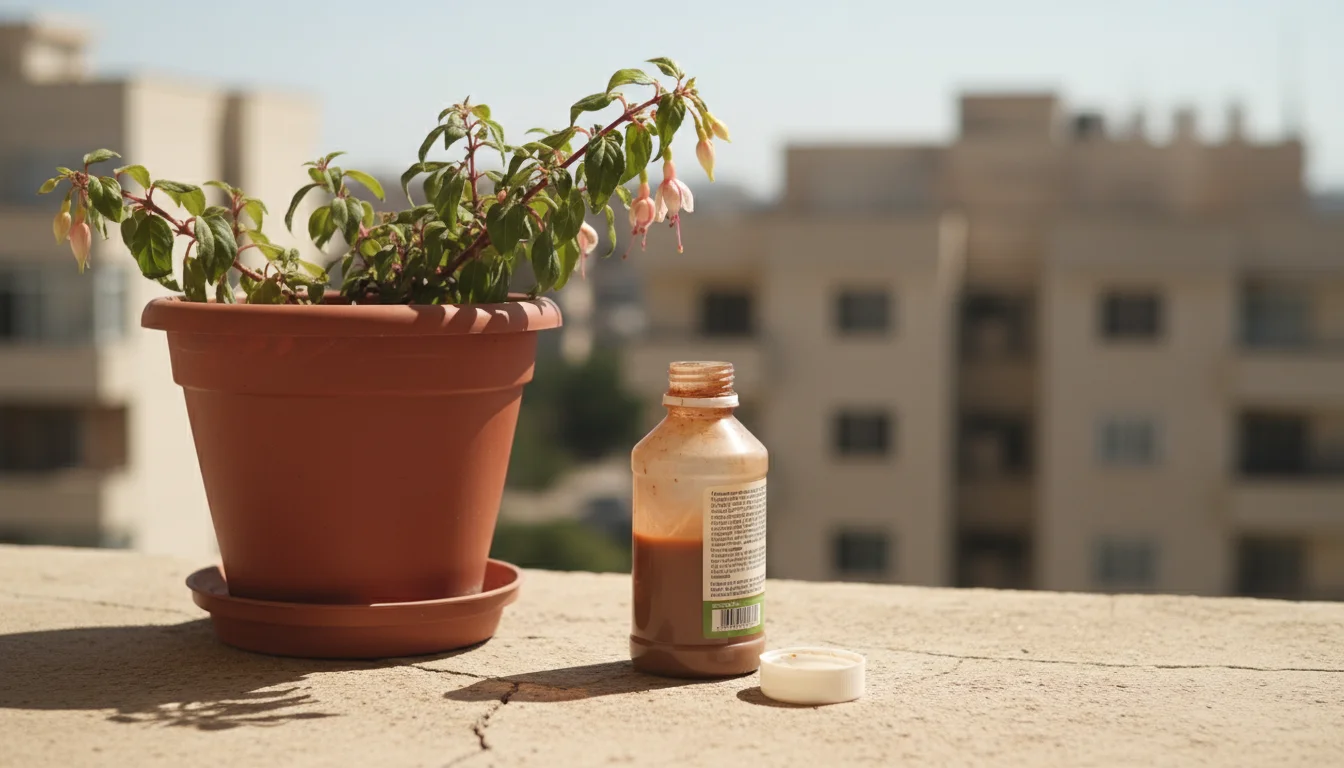
Nutrition and Fertilizing During Hot Spells
Your plants require nutrients to grow, but fertilizing during a heat wave can actually harm them. High temperatures can exacerbate issues related to nutrient uptake and osmotic stress. Adjusting your fertilization strategy for summer garden care is vital.
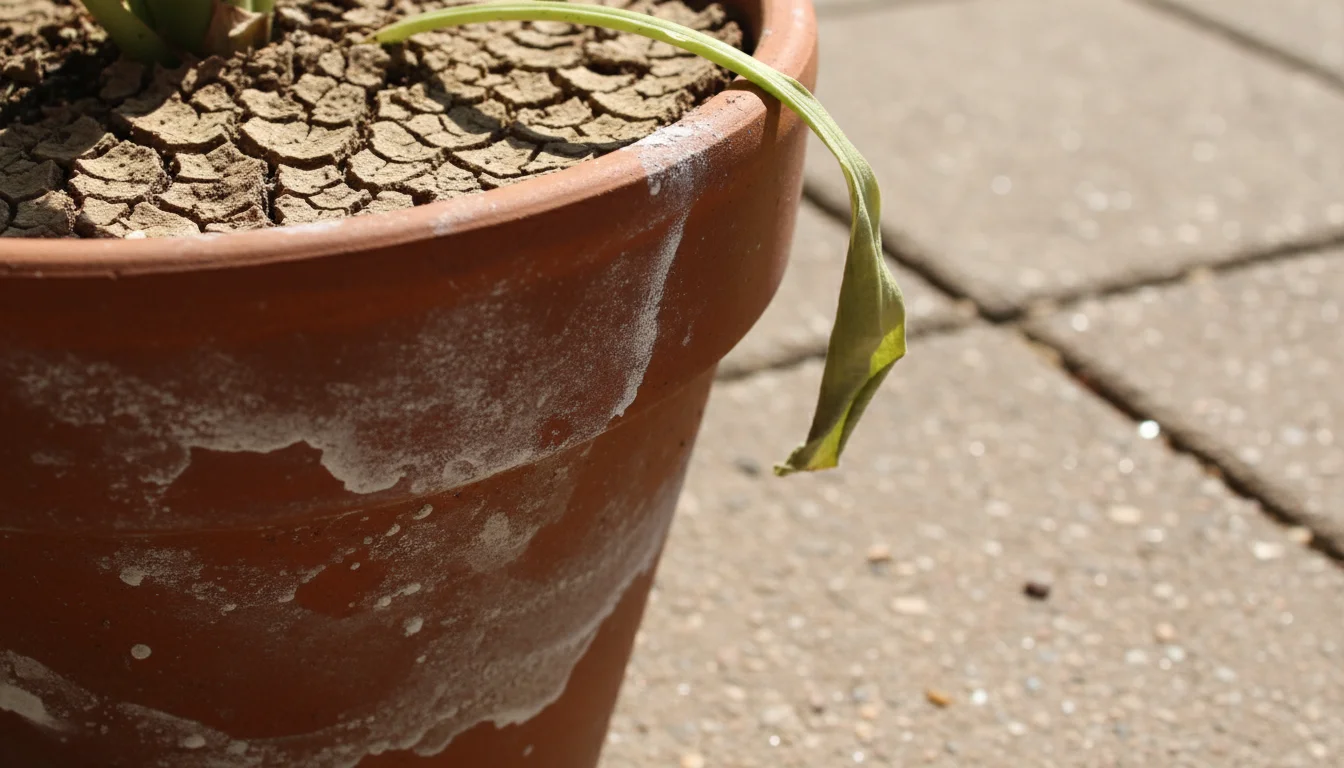
Why to Be Cautious with Fertilizer During Heat Waves
Fertilizers, especially synthetic ones, contain salts. When temperatures soar, plants already struggle to absorb water. Adding more salts to the soil increases its osmotic pressure, making it even harder for roots to take up water. This can lead to fertilizer burn, where the plant’s roots are essentially dehydrated by the surrounding soil solution. Furthermore, stressed plants do not efficiently utilize nutrients; their energy goes towards survival, not growth.
Best Practices for Fertilizing in Summer:
- Reduce or Pause Fertilizing: The safest approach during an active heat wave is to completely stop fertilizing. Allow your plants to focus their energy on coping with the environmental stress. Resume a regular feeding schedule once temperatures return to normal.
- Use Organic, Slow-Release Options: If you must fertilize, opt for organic, slow-release fertilizers or compost. These break down gradually, releasing nutrients slowly and minimizing the risk of salt buildup. Organic options often improve soil structure and microbial activity, which benefits plants long-term.
- Dilute Liquid Fertilizers: If using liquid fertilizers, dilute them to half or even quarter strength when temperatures are consistently high but not yet at heat-wave levels. Always apply to moist soil, never dry.
- Focus on Soil Health: Healthy soil naturally provides many nutrients. Incorporate compost or well-rotted manure into your garden beds before summer. This creates a nutrient-rich, well-draining environment that buffers plants against stress. Look for peat-free potting mixes for containers, as they often contain beneficial amendments.
Think of it this way: when you are sick, you focus on rest and recovery, not intense exercise or a huge meal. Your plants need the same approach during extreme heat. Prioritize hydration and protection over growth stimulation.
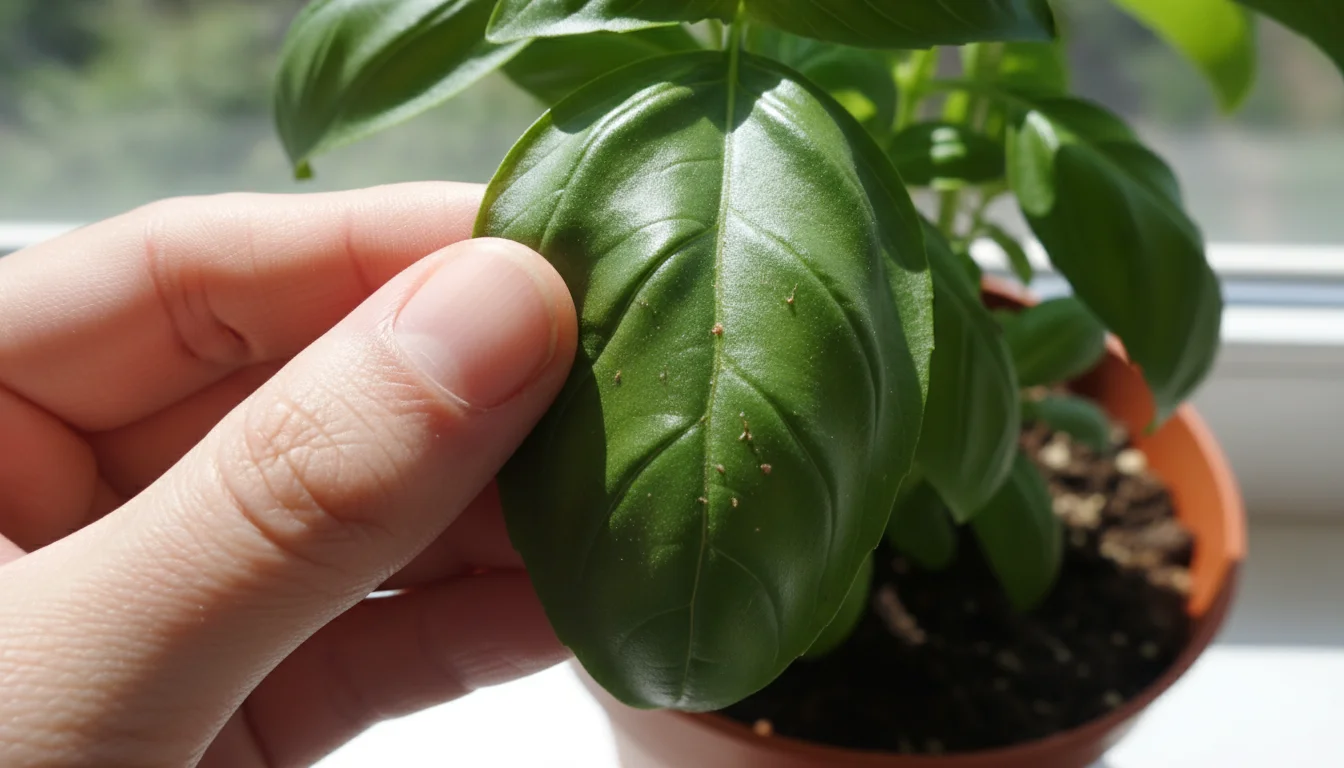
Pest and Disease Vigilance in Summer Heat
Heat waves do not just stress plants; they can also create conditions favorable for pests and diseases. Stressed plants become more susceptible to attack, and some pests, like spider mites, thrive in hot, dry environments. Implementing proactive pest and disease management is an integral part of summer garden care.
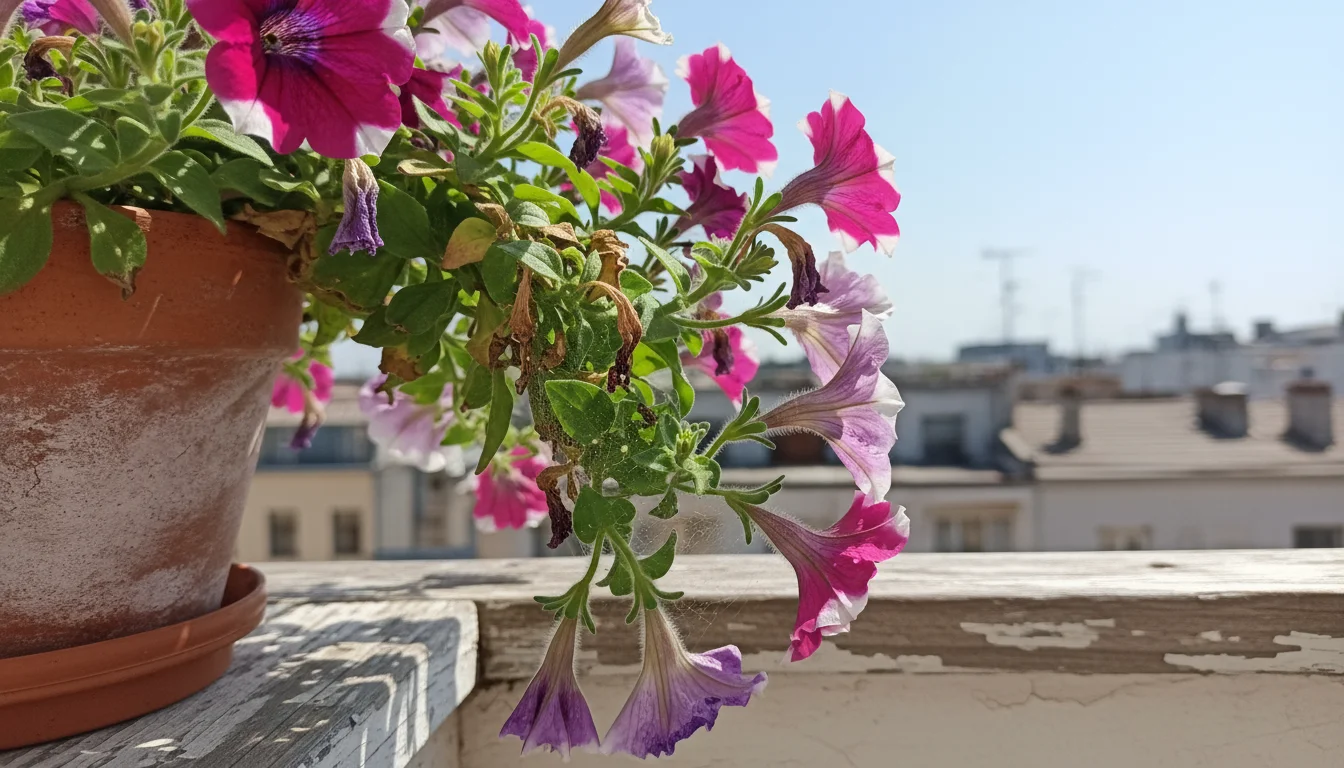
Common Summer Pests and Diseases
- Spider Mites: These tiny pests flourish in hot, dry conditions. Look for fine webbing on the undersides of leaves and tiny yellow or brown stippling. They can quickly decimate stressed plants.
- Aphids: While common year-round, populations can explode in summer. They cluster on new growth, sucking sap and weakening plants.
- Thrips: These small, slender insects cause silvering or bronzing of leaves and distort new growth and flowers.
- Fungal Diseases: While heat and dryness can deter some fungi, sudden shifts in humidity, overhead watering, or prolonged leaf wetness (if you water incorrectly) can still lead to issues like powdery mildew or various leaf spots, especially on stressed plants.
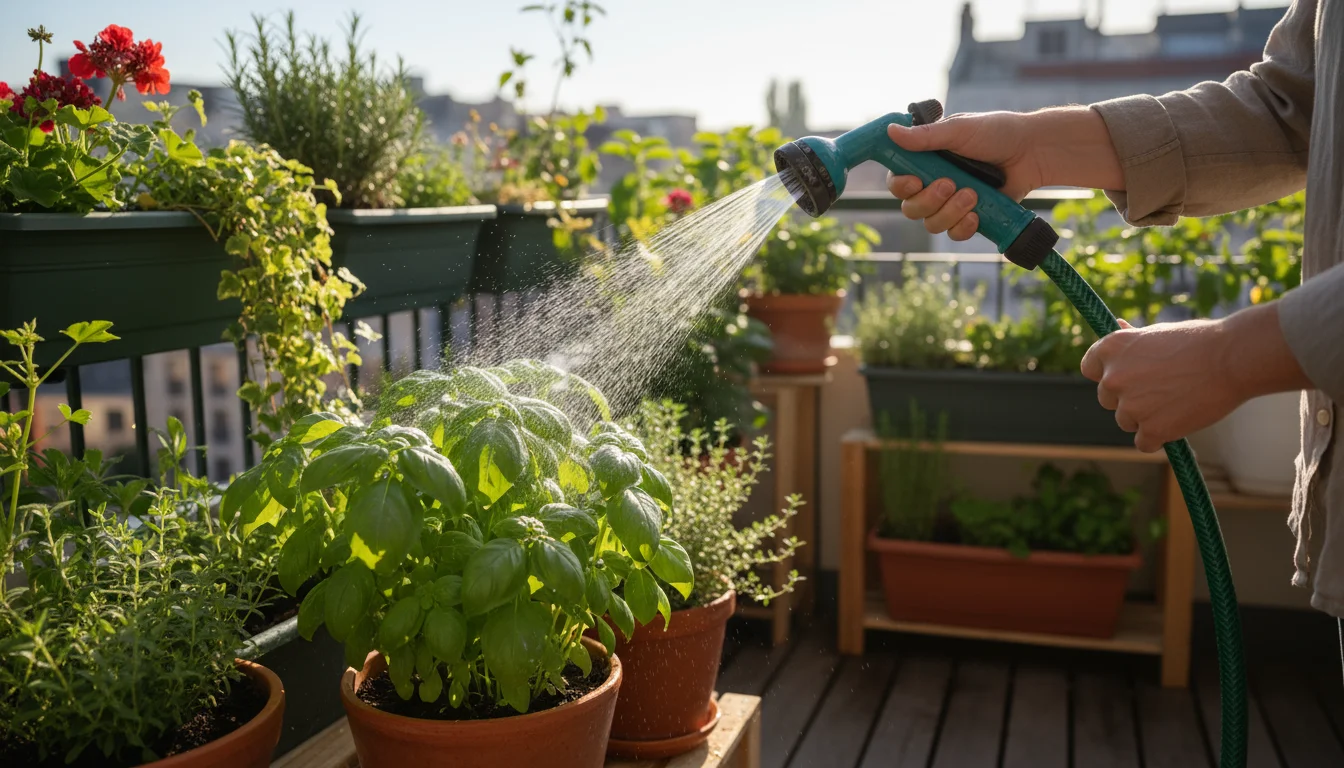
Prevention and Treatment Strategies
- Regular Inspections: Inspect your plants daily or every other day, especially during a heat wave. Check the undersides of leaves, new growth, and flower buds. Early detection is key.
- Good Airflow: As mentioned, proper air circulation helps prevent fungal diseases and makes it harder for some pests to establish colonies.
- Hose Off Pests: A strong spray of water from a hose can dislodge spider mites and aphids from outdoor plants. Do this in the morning so foliage dries quickly.
- Neem Oil Spray: Neem oil is an organic, broad-spectrum pesticide that disrupts the life cycle of many common pests. Apply it in the evening to avoid leaf burn in hot sun, and always follow package directions. Ensure you use a product safe for edible plants if treating vegetables.
- Insecticidal Soap: Another effective organic option, insecticidal soap smothers soft-bodied pests. Ensure good coverage, especially on the undersides of leaves.
- Healthy Plants: Vigorously growing plants are naturally more resistant to pests and diseases. While a heat wave limits growth, all the other strategies (proper watering, shade, good soil) contribute to overall plant health, making them less attractive targets.
- Clean Up Debris: Remove fallen leaves or plant debris from around your plants. This eliminates hiding spots for pests and reduces sources of fungal spores.
Staying vigilant and responding quickly to any signs of pests or diseases helps maintain your plant’s health when it is already under significant pressure from the heat.
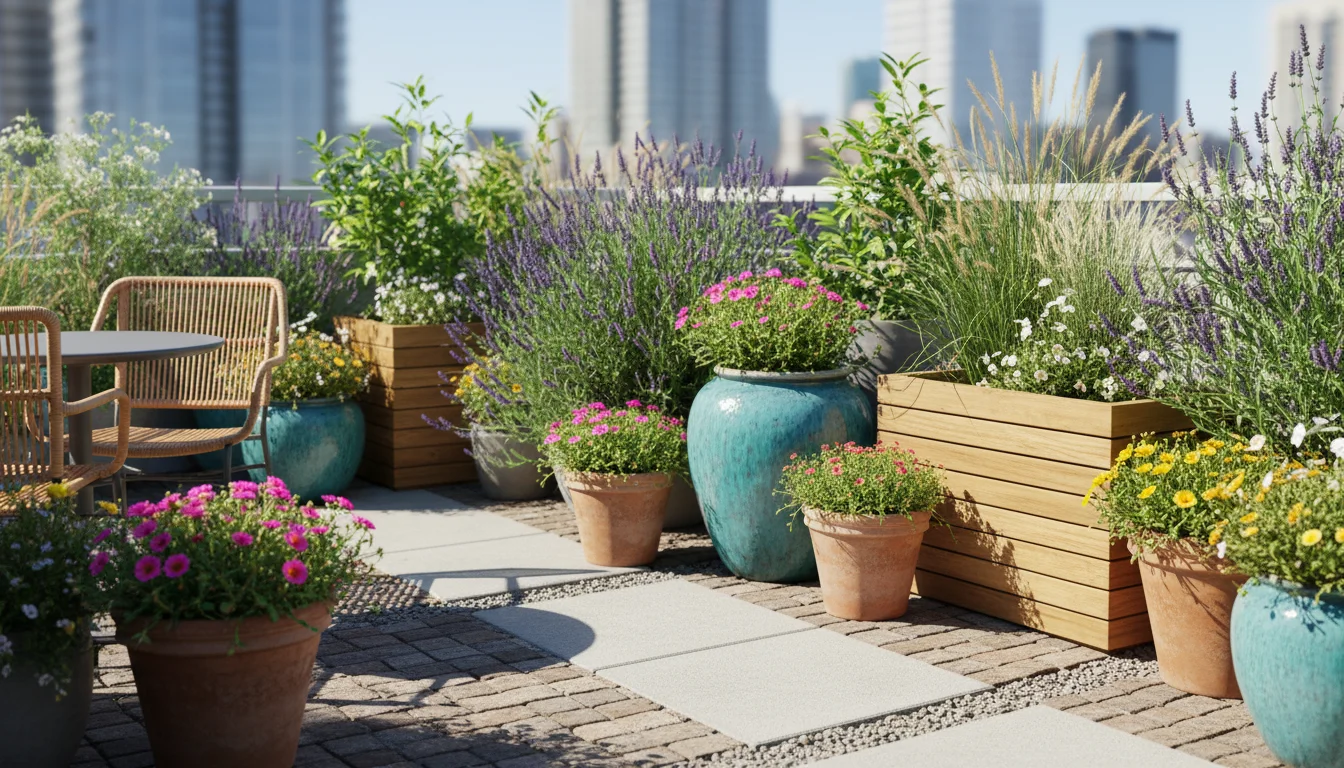
Choosing Resilient Plants for Heat-Prone Gardens
The best defense against heat waves often begins with plant selection. Opting for species naturally adapted to hot climates reduces the amount of intervention needed during extreme summer temperatures. This proactive approach significantly simplifies your summer garden care.
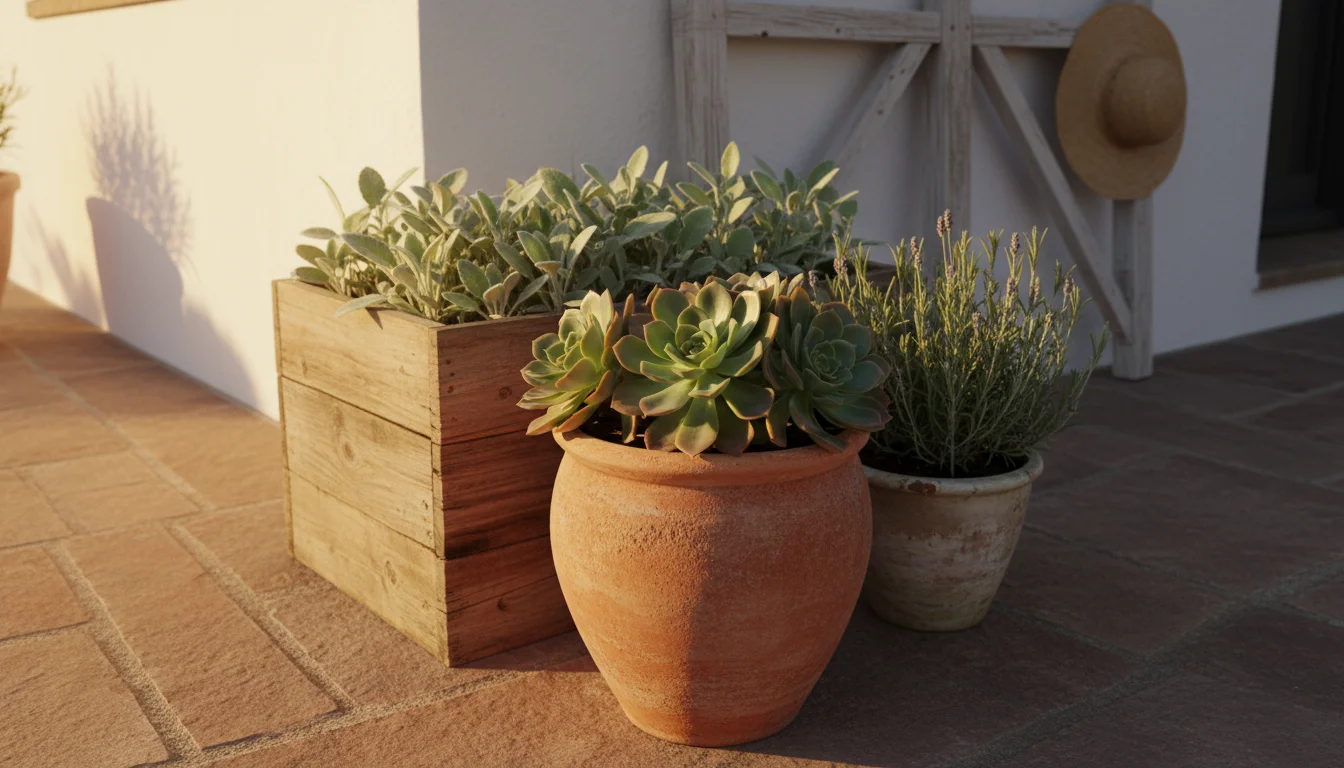
Characteristics of Heat-Tolerant Plants
Plants that thrive in heat often possess specific adaptations:
- Thick, Fleshy Leaves: Succulents and cactuses store water in their leaves and stems, allowing them to withstand prolonged dry periods.
- Silvery or Hairy Foliage: A reflective surface or fuzzy texture on leaves (like Lamb’s Ear or Lavender) helps reflect sunlight and reduce water loss.
- Small or Needle-like Leaves: Smaller leaf surface areas minimize water evaporation.
- Deep Root Systems: Plants with extensive root systems can tap into deeper soil moisture reserves.
- Waxy Cuticles: A thick, waxy coating on leaves reduces transpiration.
- Native Plants: Plants indigenous to your region are often excellent choices because they are naturally adapted to local climate extremes, including summer heat waves.
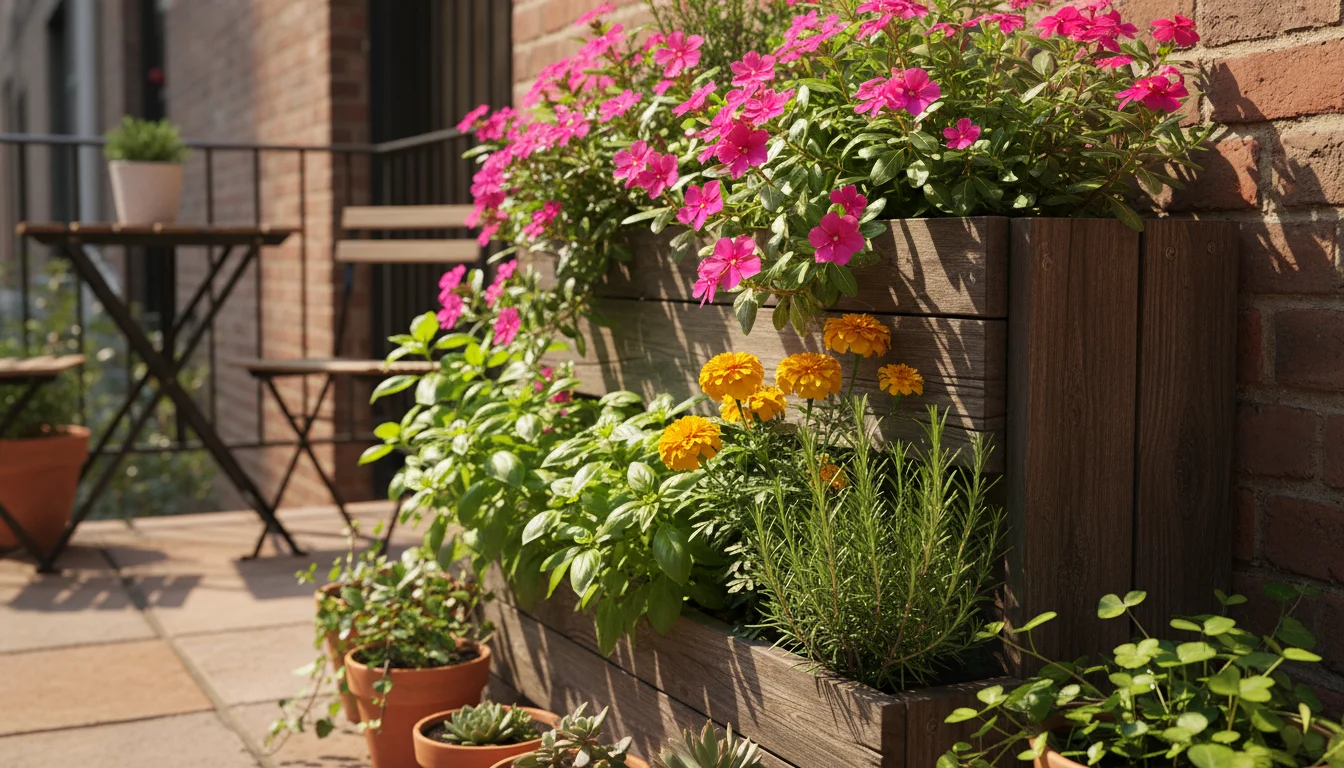
Recommended Heat-Tolerant Plants
| Category | Heat-Tolerant Plant Examples | Key Characteristics |
|---|---|---|
| Annual Flowers | Vinca (Catharanthus roseus), Portulaca (Moss Rose), Zinnia, Marigold, Gomphrena | Thrive in full sun, tolerate dry conditions, vibrant blooms. |
| Perennial Flowers | Sedum, Lavender, Salvia, Coneflower (Echinacea), Yarrow (Achillea), Daylily | Drought-tolerant once established, many attract pollinators. |
| Edibles/Herbs | Okra, Sweet Potato, Southern Pea (Cowpea), Basil, Rosemary, Thyme, Hot Peppers | Many thrive in hot weather, some are native to warm climates. |
| Shrubs/Trees | Crape Myrtle, Oleander, Juniper, Russian Sage, some varieties of ornamental grasses | Drought-tolerant, offer structural interest, often provide shade. |
| Indoor Plants | Snake Plant (Sansevieria), ZZ Plant (Zamioculcas zamiifolia), Cast Iron Plant (Aspidistra elatior), Succulents | Tolerate neglect, lower light, and fluctuating temperatures better than many others. |
When selecting plants, always consider your USDA hardiness zone and average summer temperatures. Researching the specific needs of each plant helps you make informed choices, setting your small-space garden up for success even during peak summer heat.
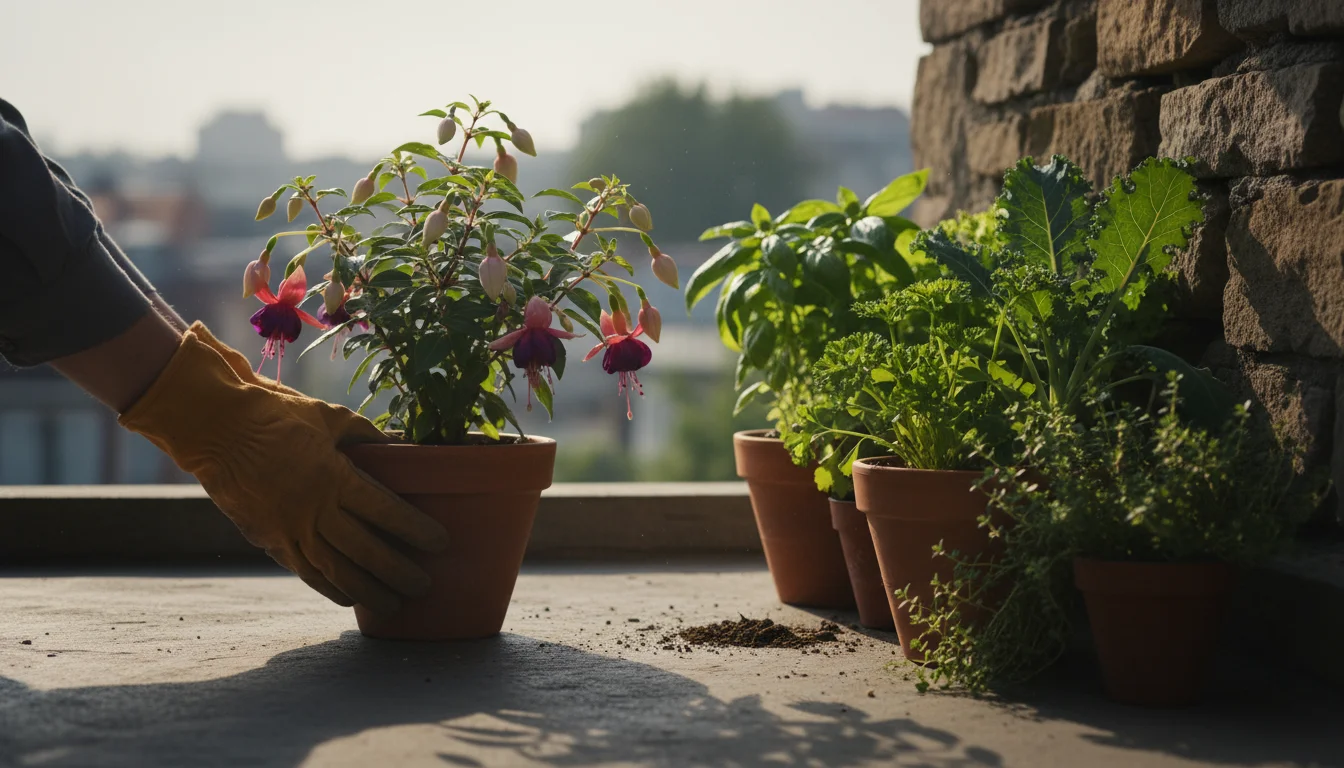
Pre-Heat Wave Preparation: Proactive Steps
Preventative measures are far more effective than reactive interventions. Preparing your plants and garden before a heat wave hits gives them the best chance of survival. This proactive approach to summer garden care significantly reduces heat stress plants might otherwise experience.

Your Pre-Heat Wave Checklist:
- Thorough Watering: Give all your plants, especially those outdoors and in containers, a very deep watering a day or two before the heat wave is forecast to begin. Ensure the soil is thoroughly saturated. This builds up a moisture reserve in the root zone.
- Apply Mulch: If you have not already, add a 2-4 inch layer of organic mulch around outdoor plants. This insulates the soil, reduces evaporation, and keeps roots cooler. Remember to keep mulch a few inches away from plant stems.
- Provide Shade: Set up shade cloths, temporary structures, or move potted plants to shadier locations before the scorching sun arrives. Do not wait until your plants are already wilting.
- Prune Selectively: Remove any dead, diseased, or heavily damaged leaves. While some light pruning helps with airflow, avoid heavy pruning just before or during a heat wave, as new growth is particularly vulnerable and large cuts can stress the plant. Pruning promotes new growth, which requires more energy and water.
- Harvest Produce: If you have fruits or vegetables ripening, harvest them before the heat wave. High temperatures can cause premature ripening, sunscald, or reduce the quality of produce.
- Check Irrigation Systems: Ensure drip lines, soaker hoses, and sprinklers function correctly. Check for leaks or blockages. Calibrate timers if you use them, but be prepared to override them for manual checks.
- Boost Indoor Humidity: If you have tropical houseplants, set up pebble trays or run a humidifier a day in advance to get humidity levels up.
By taking these steps, you empower your plants with the resources and protection they need to withstand the challenging conditions of a heat wave. Early preparation truly makes a difference in preventing heat stress plants often experience.
For research-based plant care guidance, visit
Missouri Botanical Garden,
Oregon State Extension — Gardening and
Chicago Botanic Garden.
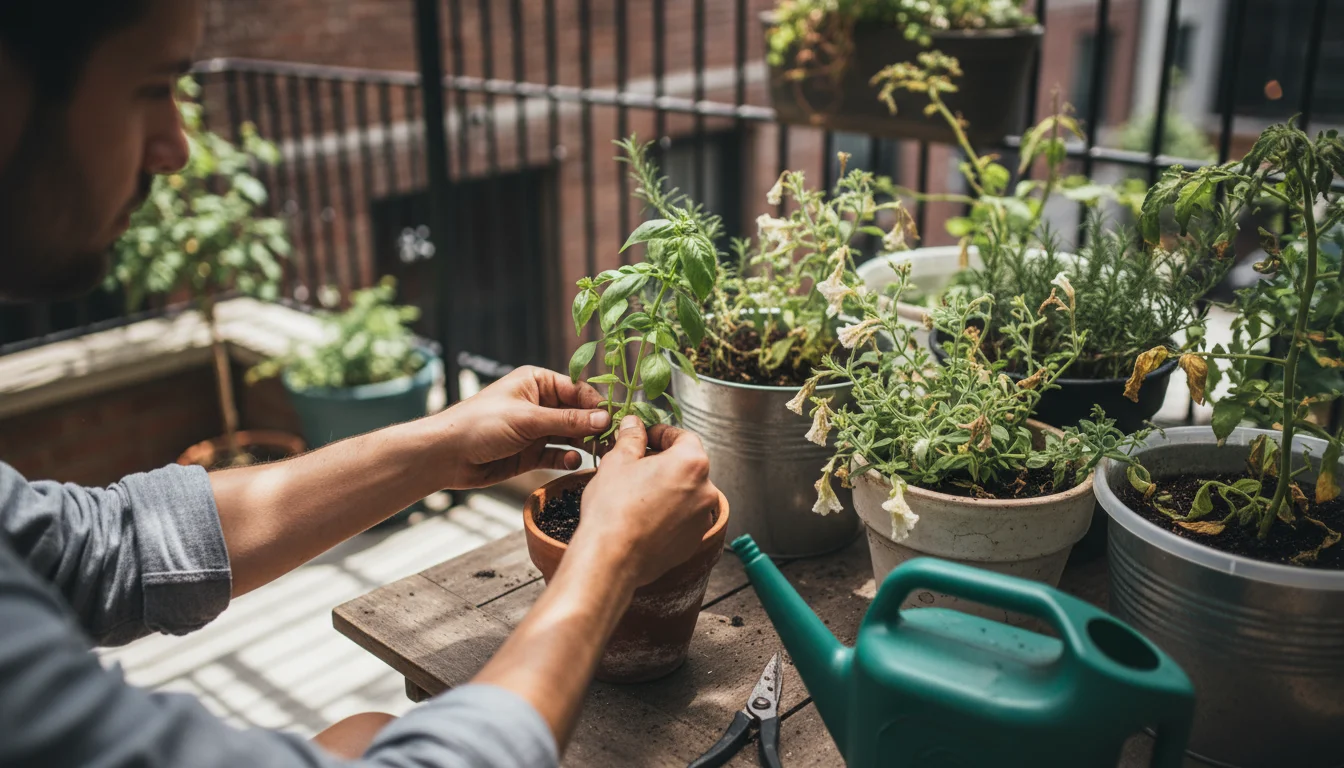
Recovery and Post-Heat Wave Care
After a heat wave passes, your plants need careful attention to recover. While some damage may be irreversible, proper post-heat wave care helps them regain their strength and minimize long-term impact. This phase is just as important as preparation and active summer garden care.
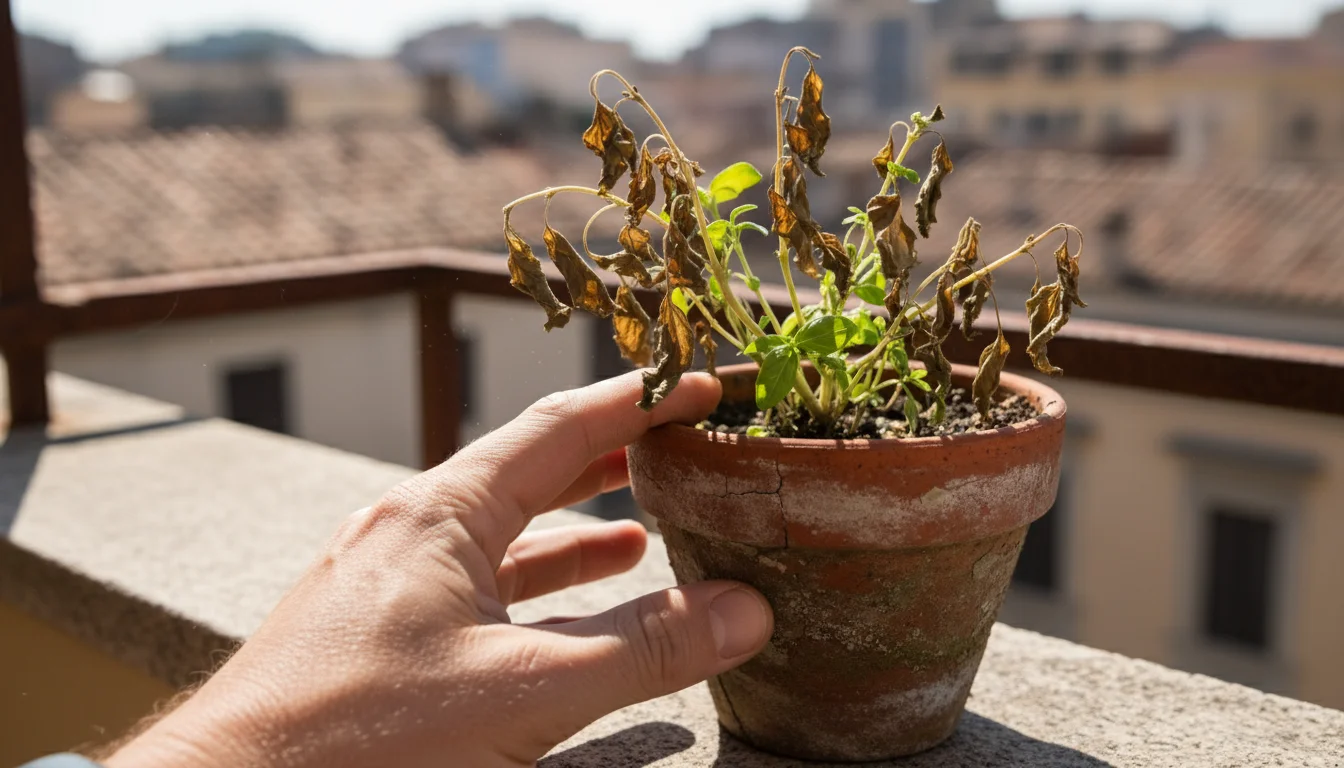
Steps for Plant Recovery:
- Continue Monitoring Water: While the immediate threat of extreme heat subsides, plants may still be dehydrated. Maintain your vigilant watering schedule until temperatures normalize and plants show signs of recovery. Continue to check soil moisture before watering.
- Assess Damage: Wait a few days for the full extent of the damage to become apparent. Remove any leaves that are completely crisped, yellow, or dead. Prune away branches that have clearly died back. Do not be tempted to remove too much healthy or partially damaged foliage right away, as these leaves may still be photosynthesizing to some extent.
- Resist Immediate Fertilizing: Your plants are still recovering. Avoid fertilizing immediately after a heat wave. Wait until you see signs of new, healthy growth (usually a week or two after temperatures stabilize) before resuming a very diluted feeding schedule.
- Maintain Shade, Then Acclimate: Keep shade in place for a few days even after the heat wave breaks, especially if temperatures remain high. Gradually remove shade structures or move plants back to sunnier spots over several days, allowing them to slowly re-acclimate to brighter light.
- Address Pest Re-emergence: Stressed plants remain vulnerable. Continue to monitor for pests, as weakened plants are easier targets. Treat as necessary using the methods discussed previously.
- Consider Repotting (Later): If a potted plant appears severely root-bound or the potting mix has broken down significantly due to constant watering, plan to repot it once it has fully recovered and cooler weather is stable. Repotting a stressed plant during or immediately after a heat wave adds further stress.
Patience is key during the recovery phase. Your plants need time to heal and adjust. Consistent, gentle care allows them to bounce back and continue thriving in your garden or home.
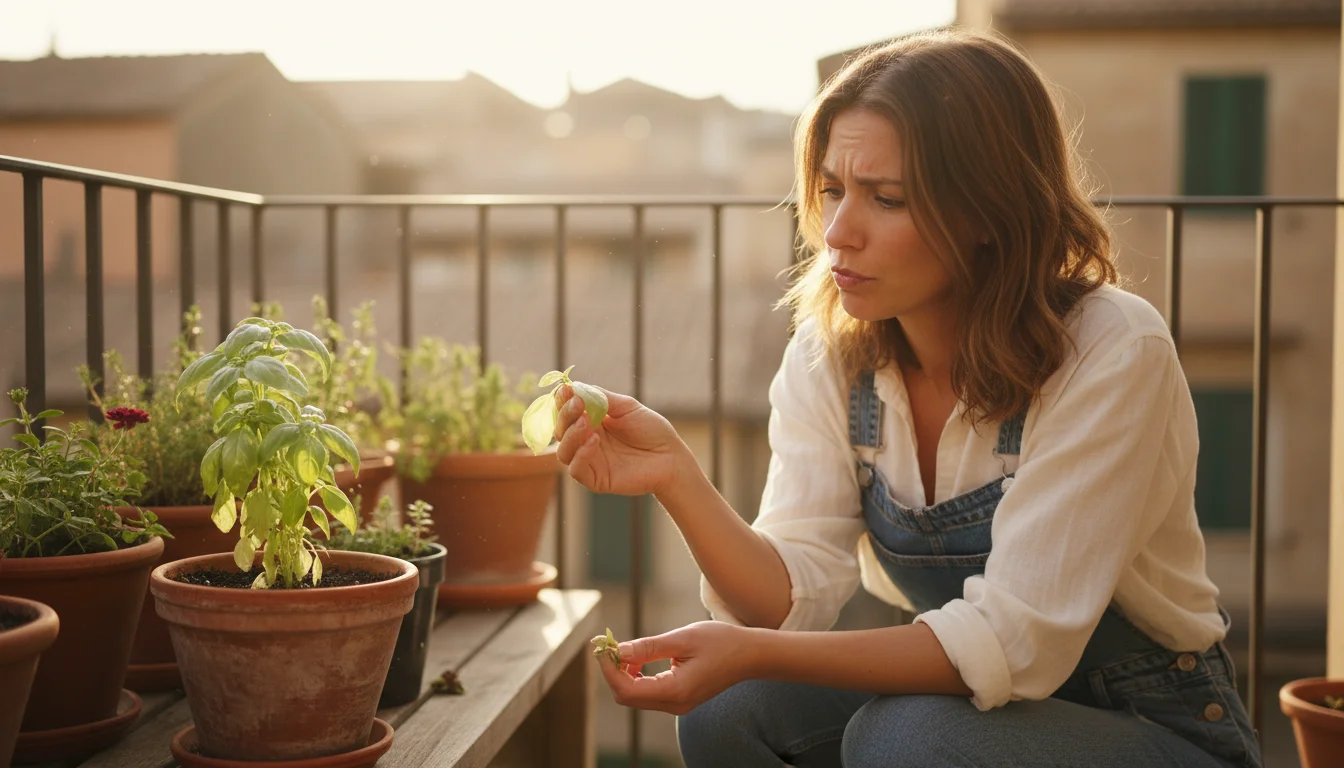
Frequently Asked Questions
Can I water my plants during the hottest part of the day?
Avoid watering during the hottest part of the day (mid-morning to late afternoon). A significant amount of water evaporates before it reaches the roots, making the watering less efficient. Water droplets on leaves can also magnify sunlight, potentially causing leaf scorch. The best time to water is early morning.
My plant is wilting, should I water it immediately?
Wilting indicates stress, often from lack of water. First, check the soil moisture by sticking your finger 2-3 inches deep. If it feels dry, water thoroughly. If the soil is already moist, wilting could be a sign of overwatering (root rot) or severe heat stress. If the soil is moist, move the plant to a shadier spot and provide good airflow, then monitor.
What is the difference between drought stress and heat stress?
Drought stress results specifically from a lack of water, causing wilting and eventual desiccation. Heat stress, while often accompanied by drought, refers to the physiological damage caused by high temperatures themselves, such as protein denaturation or impaired photosynthesis, even if water is available. They frequently occur together, intensifying plant damage.
Can I use ice cubes to water my plants in summer?
While ice cubes provide a slow release of water, they are generally not recommended for most plants. The extreme cold can shock roots and potentially damage plant tissues. It is far better to use room-temperature water applied slowly and deeply to the soil. For orchids, a few ice cubes are sometimes suggested, but for most plants, avoid this method.
Should I mist my plants more often during a heat wave?
Misting offers a very temporary increase in humidity and provides minimal benefit for cooling. While some humidity-loving plants appreciate it, frequent misting in hot, humid conditions without good airflow can encourage fungal diseases. Focus on deep soil watering and providing consistent humidity through pebble trays or humidifiers rather than just misting. If you do mist, do it early in the morning so leaves dry quickly.
Disclaimer: This article is for informational purposes only and is not a substitute for professional advice. Consult local extension services for region-specific recommendations.
For additional plant care resources and information, consider exploring:
National Garden Association or
Royal Horticultural Society.
